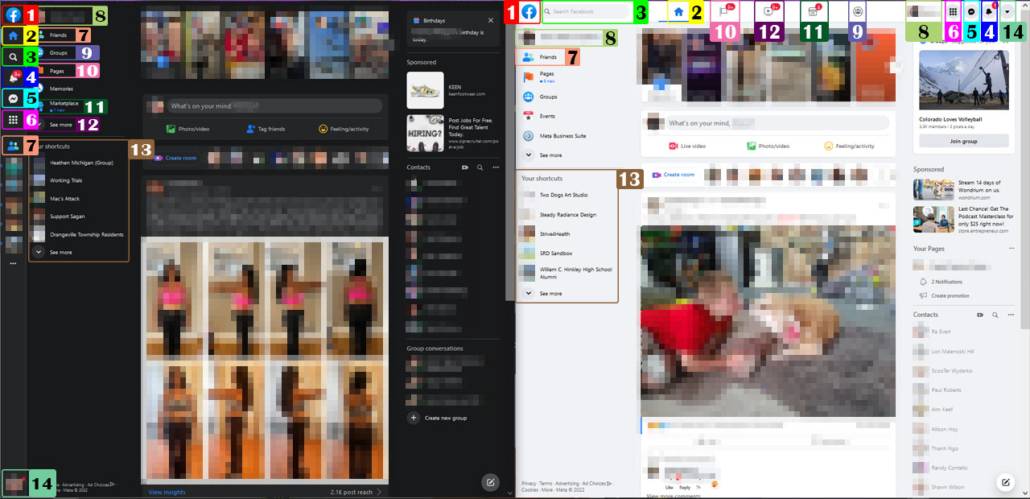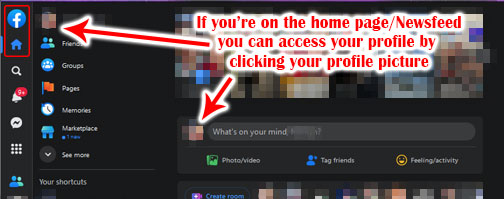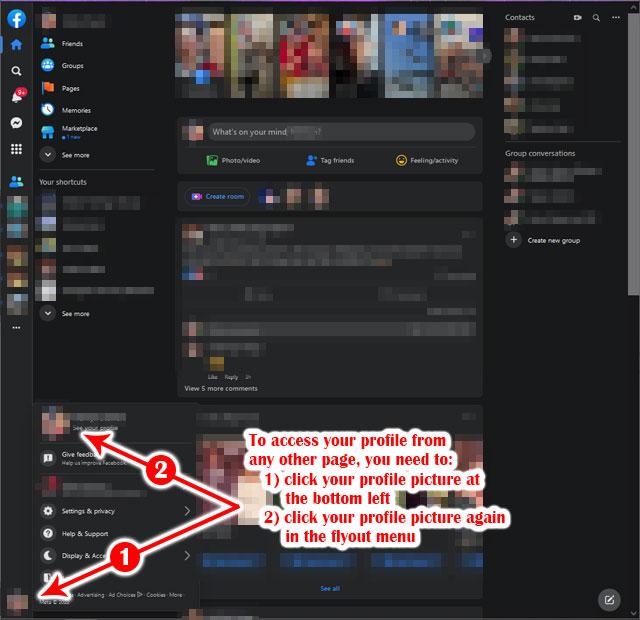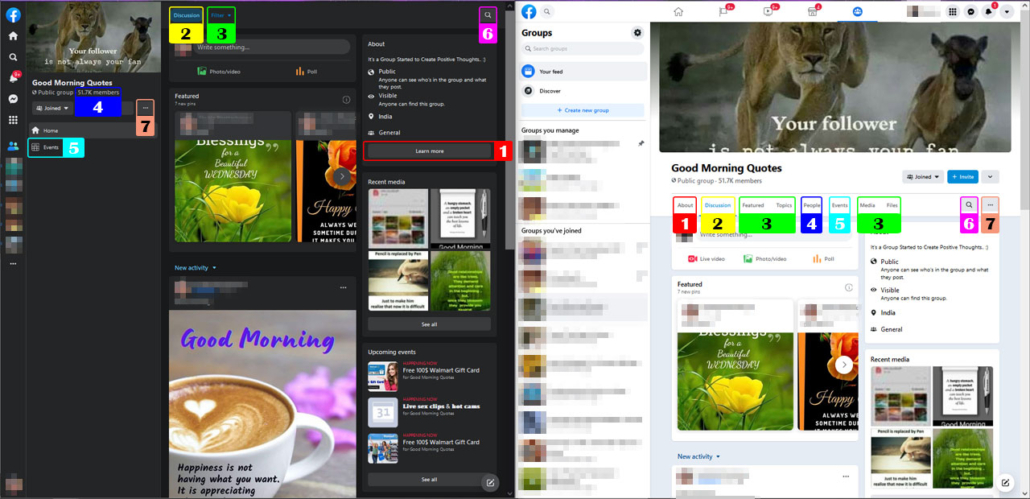Conquer Instagram Marketing: A Beginner’s Guide
Instagram marketing has transformed from a photo-sharing app to a powerful social media platform. Boasting over 1 billion monthly users, 60% of whom are daily active, Instagram offers a goldmine for audience growth and brand awareness. In fact, a whopping 83% of users discover new products and services through Instagram.
Ready to get your brand in front of this highly engaged audience? Instagram marketing is easier than you think! Here’s a roadmap to get you started:
Building Your Instagram Business Presence:
- Business or Creator Account: Unlock a treasure trove of benefits by switching to a Business or Creator account. These accounts grant access to valuable insights, analytics, advertising capabilities, and special profile features like contact information. See more about the benefits of an Instagram Business account straight from the source (Instagram’s website)!
- Profile Optimization: Craft a profile that makes you discoverable in searches and informs users about your business. Here’s what to optimize:
- Profile Picture: Use a clear and recognizable image representing your brand.
- Username & Name: Make them easy to search for.
- Category: Select the category that best describes your business.
- Bio: Write an engaging and informative bio (up to 150 characters) that captures your brand essence.
- Contact Information: Include your website and contact details.
- Hashtag Mastery: Hashtags are key to categorizing your content and reaching a wider audience. While you can use up to 30 hashtags per post, focus on choosing relevant ones to ensure users can find your business.
Exploring Instagram Post Formats:
Instagram offers a variety of content formats to engage your audience:
- Grid Posts: These photo and video squares appear on your profile. Captions can be up to 2,200 characters, but keep in mind that only the first two lines are visible before a “Read More” prompt. Hook viewers with those first lines!
- Stories: Post photos or videos that disappear after 24 hours (unless added to Highlights). Stories are perfect for behind-the-scenes glimpses, casual updates, and frequent interactions.
- IGTV: For longer-form content, utilize IGTV, allowing vertical video uploads. These videos can also be shared on your grid and stories.
- Reels: Capitalize on short-form video engagement with Reels, 15-30 second vertical video clips that can be shared on stories. Reels are a fantastic way to grab your audience’s attention.
Content is King (and Queen):
Now that you’ve mastered the post formats, it’s time to create a compelling content calendar:
- Behind-the-Scenes Content: Offer followers a glimpse into your company culture and daily operations.
- Motivational Content: Share inspirational quotes that resonate with your brand and audience. Consider adding your branding to quote graphics for a unique touch.
- Tutorial Content: Craft tutorials and how-to guides to solve specific customer problems. Tutorials are a fantastic way to target potential customers who are actively seeking solutions.
- Video Content: Leverage the power of video across formats – Stories, grid posts, Reels, and IGTV. (Learn more about why video is so important to your marketing!)
- User-Generated Content (UGC): Showcase content created by your followers (with permission!). UGC fosters follower relationships, boosts engagement, and effortlessly fills your content calendar.
- Case Studies & Testimonials: Real-life stories showcasing the value of your products or services through customer testimonials build trust and demonstrate your understanding of customer needs.
- Storytelling Content: Connect with your audience on a deeper level by weaving your brand’s story. Remember, every story should have a lesson or takeaway for your viewers.
By strategically incorporating these content types, you’ll achieve multiple goals: expand your reach, connect with customers, and effectively communicate your brand story.
The Human Touch of Instagram Marketing:
Ultimately, Instagram marketing allows you to showcase your company’s personality through visuals. With a strategic approach, you can leverage the power of Instagram marketing to expand your reach, connect with your target audience, and build a thriving brand.





